Cultures end up evolving and changing over the ages; several of the practices of ancient cultures and their people would be incomprehensible for many people today.
These practices would be considered painful, dangerous, and just odd by today’s standards.
The following are traditions that would not be accepted in the modern world.
9 Foot Binding

How the ancient origins of foot binding started is not known with much certainty, yet according to some accounts, it goes back to the Shang Dynasty around 1700 to 1027 BC. Legend states that the Shang Empress had a club foot; she had demanded that food binding was to be made compulsory inside the court.
However, the historical documents from the Song Dynasty which dated from 960 to 1279 AD traced foot binding to the beginning of the reign of Li Yu, who had ruled over one area of China through the years 961 to 975 AD.
By the time of the 12th century, foot binding was much more widespread. When the Qing Dynasty came in the mid 17th century, every girl who wanted to be married had her feet bound.
8 Execution by Elephant
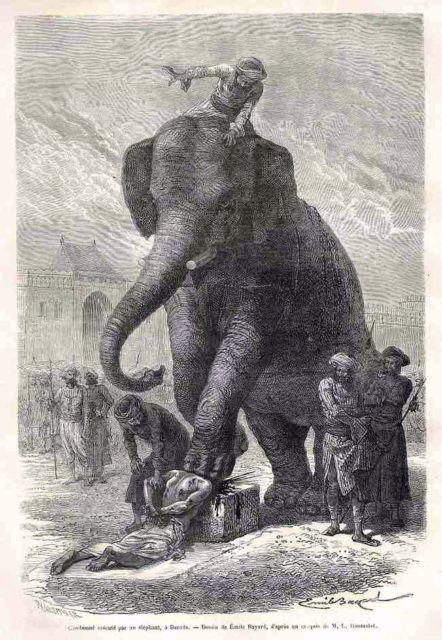
Executions that were carried out by elephants had been a form of capital punishment and was a weapon of war for certain cultures of the past.
This kind of punishment was sometimes used in the Western world, and many instances can be discovered in ancient sources, but it was more often times used in Southeast Asia, specially in India.
This kind of capital punishment was as well known as gunga rao and was used till the Middle Ages.
The popularity of this form of execution went on in general until the 19th century.
It was only due to the increasing presence of the British in India that this brutal penalty declined.
7 Seppuku
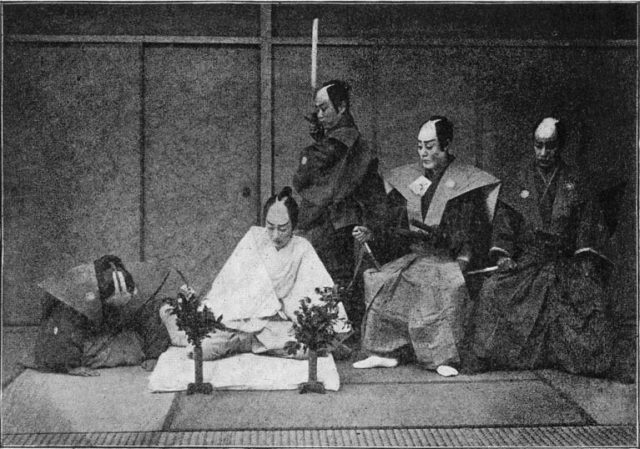
While martial suicide was a practice that was discovered in a lot of cultures, the act of seppuku, or the ritual of self-disembowelment, was peculiar to Japan.
The earliest act known of seppuku was the death of the samurai Minamoto Tametomo and the poet Minamaoto Yorimasa in the latter part of the 12th century.
In the typical seppuku, a big white cushion would be positioned, and the witnesses would arrange themselves to respect privacy.
The samurai, wearing a white kimono, then would kneel on the pillow with a formal style.
To the left or behind of the samurai knelt his kaishakunin – this would be his second, or assistant.
He would be ready to prevent the samurai from enduring prolonged agony by cutting off the samurai’s head once he had slit his own stomach.
6 Blackened Teeth
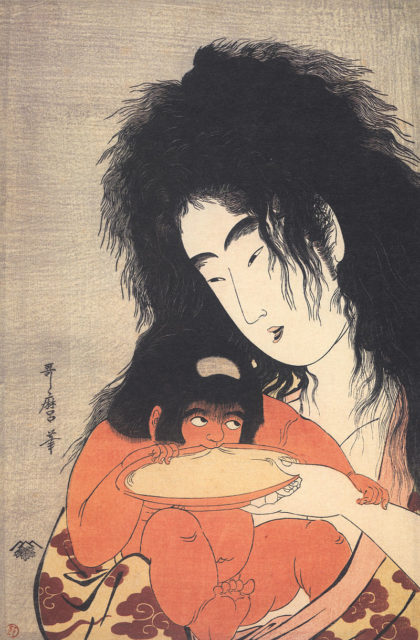
Ohaguro is the practice in which people would dye their teeth black.
This was usually done by women. While this custom was known to be practiced in various parts of the world, including South America, The Pacific Islands, and Southeast Asia, it was most commonly related with Japan.
Yet blackened teeth were more than just viewed as beauty in the Japanese culture; it as well symbolized a woman’s sexual maturity.
5 Human Sacrifice

Human sacrifice was practiced in several early human cultures throughout the world.
In Egypt and China, the tombs of rulers had been accompanied by pits that contained hundreds of human bodies.
Their spirits were believed to provide assistance in the afterlife.
The ritually-slaughtered corpses were discovered buried next to rings of crucibles, wooden idols, and brass cauldrons in the peat bogs of the British Isles and Europe.
Early missionaries and explorers reported the significance of human sacrifices in Austronesian societies.
They would sometimes become human sacrifices themselves.
In Central America, the ancient Aztecs and Mayans tore out the beating hearts of victims on elevated temple altars.
The oldest religious texts, including the Vedas, Torah, Bible, and Quran provide indications of human sacrifices also.
4 Makeup made from crocodile dung
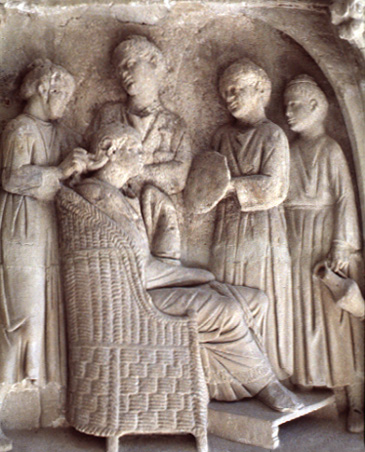
Unlike Egyptians or Greeks, the Romans used makeup to preserve the natural beauty of a woman; not to create the facial canvas into a mixture of colors. The ideal Roman female was a woman of exceeding white skin.
It would have been proof to onlookers that she spent much of her time indoors, and this showed that she was wealthy enough to afford laymen and servants.
Since the natural skin tone of a Roman woman was nearer to olive than ivory, it was necessary for her to powder her face.
This would involve the use of crocodile dung, chalk powder, and white lead combined to whiten the entire face and hide its natural color.
3 Eunuchs
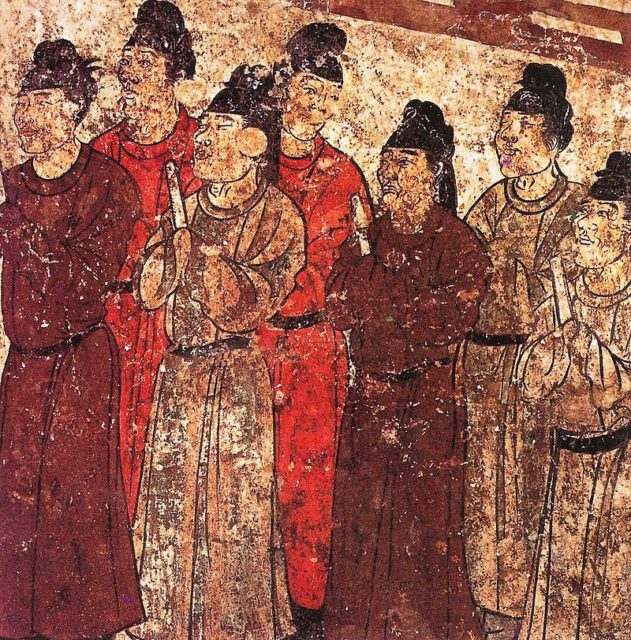
In ancient China, until the Sui Dynasty, castration was part of the Five Punishments – a series of physical punishments dispensed by the Chinese penal system. It was as well the means of getting a job inside the Imperial service. Since the Han Dynasty, eunuchs ran the day to day dealings of the Imperial court.
There, eunuchs had the potential to gather a great amount of political power and, since they were not able to have children of their own and pass down their power, eunuchs were not considered a threat to the rulers of the dynasty. The emperors of China would often have thousands of concubines inside the Forbidden City; the eunuchs created no risk of the women becoming impregnated by anyone but the Emperors.
2 Harems
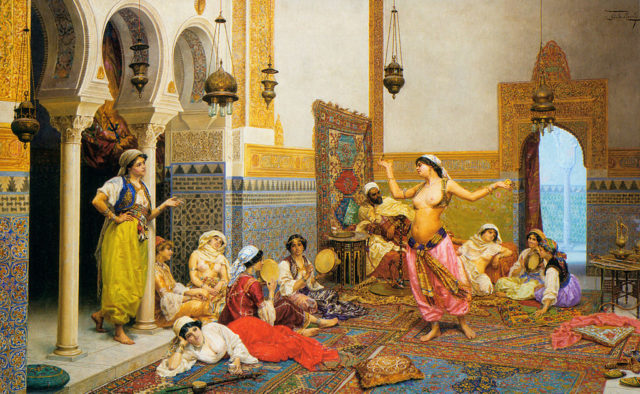
The term harem comes from the Arabic haram that means “forbidden place” and defines the sphere of women who are in a polygnous household where their enclosed quarters are forbidden to men.
This word first appeared in the Middle East, where harems had been composed of concubines, children, wives, sisters, mothers, and sultans.
The South Asian equivalence of the harem is the zenana.
The harem possessed a secluded nature; there are no sources that present a true picture of the harem life.
Instead, there are only imaginative portrayals about what was happening inside the harem.
It is known that throughout the duration the Ottoman Empire the role of the harem was for the upbringing of the future wives of royals and noblemen.
These women had been specifically educated so they would appear in public as royal wives, Ancient Origins reported.
1 Self-Mummification
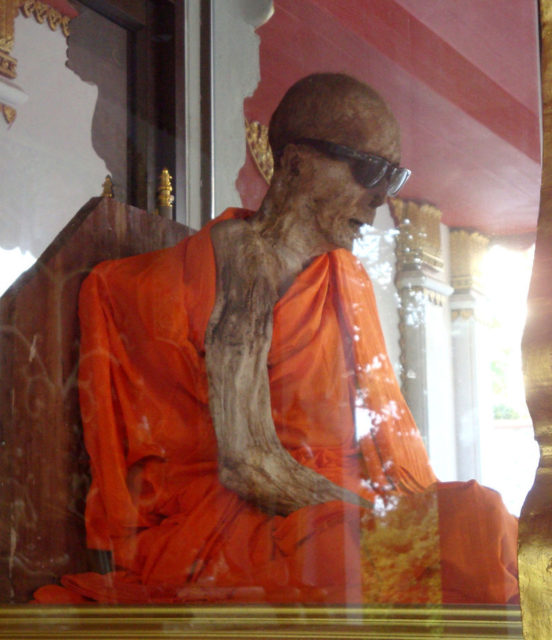
The early Chinese had thought that the soul was made of multiple parts.
After death, these parts dissipated, never preserving the existence of the deceased.
The only possible way to keep them together and therefore continue existing in a spiritual form was to leave the body deliberately needing awareness at the moment of passing.
Some Ch’an monks died and then would naturally mummify in a meditative posture, or so it was thought. Several Chinese ideas went to Japan and were taken up by the Shugendo tradition.
The monks who had chosen to mummify themselves similarly had faith that they might be mindful when the transition from life to death occurred.
Therefore, they attempted to accomplish a difficult and complicated process that several would be unable to complete.
